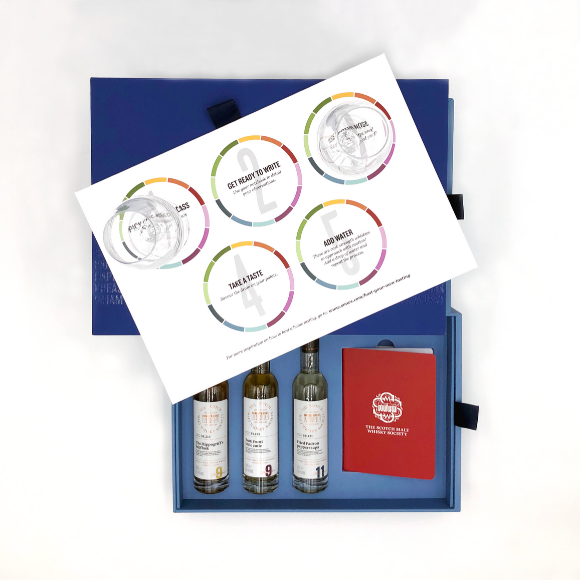Tullibardine
The Phoenix
First Society bottling in 1986. The village of Blackford has been famous for its water since way back. It was from here that King James IV ordered a barrel of beer for his coronation in 1488. He granted the brewery a Royal Charter in 1503. When Alfred Barnard, the tireless distillery and brewery visitor, came here in 1889, the brewery contained buildings which dated back to 1610. In 1979, Highland Spring began to bottle the crystal mineral water bubbling from the springs there.
When I saw the results of the water tests, I knew it was perfect for distilling. By the end of the week I had purchased the [brewery] building': The speaker is William Delme Evans; the date 1947. Delme Evans was a Welsh land surveyor with a keen interest in brewing and distilling. He contracted tuberculosis during the war, and, while recuperating, designed what he called "an up-to-date gravity-flow distillery': His dream was realised in 1949, when Tullibardine went into production - the first distillery to be built in the 20th century.
The name was the old title of the Chiefs of the Murrays, who became the Dukes of Atholl, and was made famous by the Jacobite Marquis of Tullibardine. By 1953 Evans' health began to break down again, and he sold his distillery to the Glasgow brokers, Brodie Hepburn, which was bought by Invergordon Distillers in 1971.
Following the hostile takeover of Invergordon by American Brands (JBB) in 1993, Tullibardine closed. Standing on the main Stirling-Perth road, not far from the Gleneagles Hotel, the increasingly shabby and embarrassingly conspicuous distillery stood silent for ten years. Doug Ross, former Director of Spirit Supply at United Distillers, frequently drove past it and wondered about the feasibility of bringing it back into production. "The problem is revenue," he told me. "Even if you buy enough mature stock of good quality, it is difficult to achieve a revenue stream sufficient to finance your day to day production costs': The distillery's location on one of Scotland's main tourist routes, with around 20,000 cars passing every day, provided the solution to the revenue problem.
Doug brought in a former colleague, Michael Beamish, who had just finished as Sales and Marketing Director of Drambuie, and together they worked out a plan to, as Doug says "secure the future of the distillery and the brand by generating revenue from the sale of the adjacent land and the creation of a major visitor attraction': The distillery resumed production in December 2003, and the adjacent ground has been attractively developed, with up-market shops, a restaurant and, of course, the distillery visitor centre.
It is well worth a visit. I went up to Tullibardine with Trevor Cowan, former Master Blender at Invergordon and stalwart of the Society's Nosing Panel, to do an organoleptic assessment of 120 casks from the 1960s, 70s, 80s and early 90s. There was no doubt about their quality and their consistency, decade upon decade, impressed us both.

